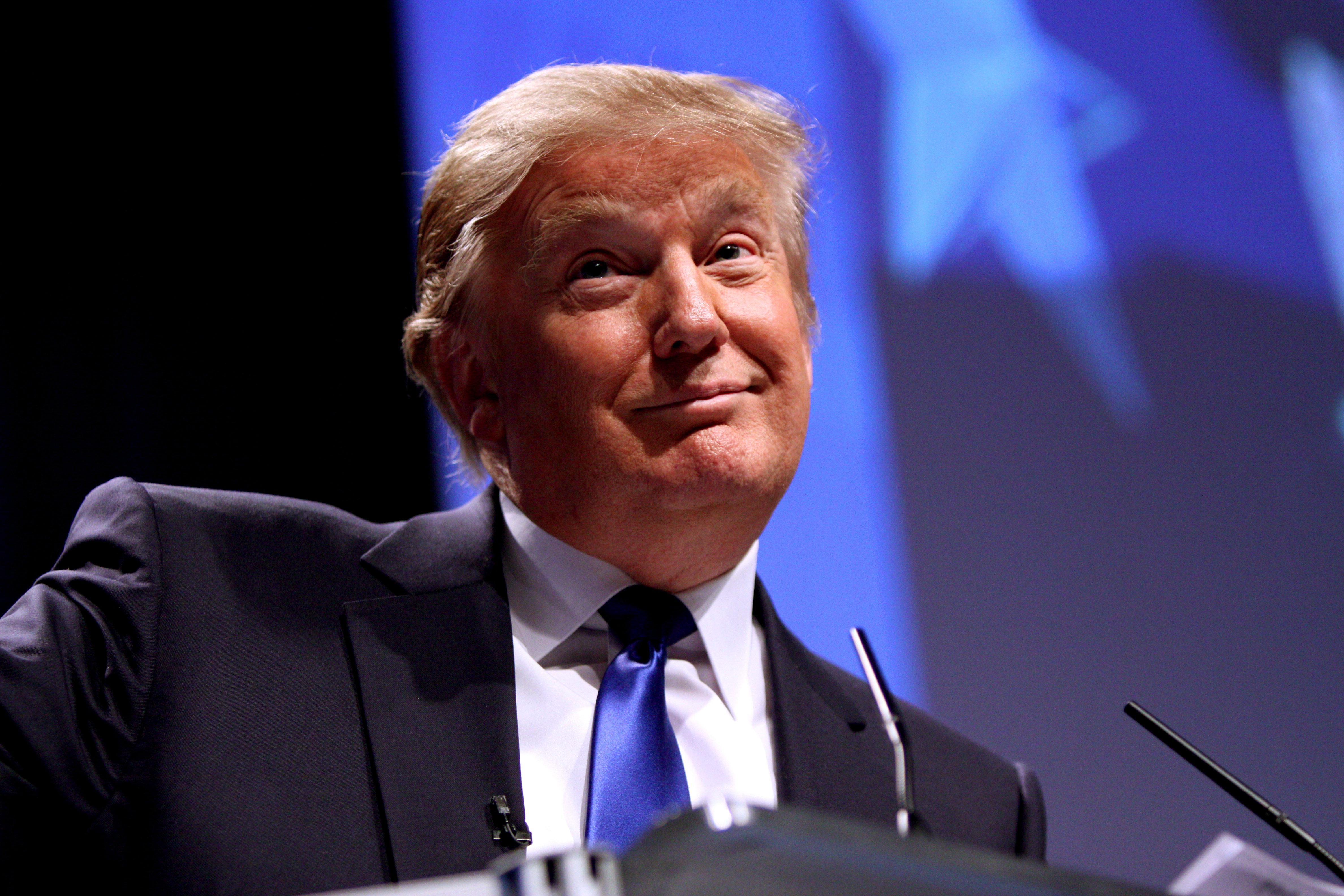One of the points that we have been making regularly in our columns and Letters is that public sector banks should not be lending to corporates. And now we have found more data to back it.
In a written answer to a question raised in the Lok Sabha, the government provided data regarding the accumulated bad loans across different areas of lending. Bad loans are basically loans on which repayment has been due for 90 days or more.
Take a look at Table 1.
Table 1:
| As on March 31, 2017 | Industry | Agriculture and Allied Activities | Services | Retail Loans | Other loans |
|---|---|---|---|---|---|
| Total NPAs | 4,70,084 | 57,021 | 84,686 | 23,795 | 5,470 |
Source: Unstarred Question No: 4614, March 23, 2018
It is clear from the above table that lending to industry forms a bulk of the bad loans of public sector banks. The total bad loans of public sector banks as on March 31, 2017, had stood at Rs 6,41,057 crore.
This basically means that lending to industry forms 73.3% of the total bad loans of public sector banks. Or to put it a little differently, lending to industry forms nearly three-fourths of the bad loans of public sector banks. Take a look at Table 2, which basically lists out the proportion of bad loans that have accumulated for public sector banks, from different forms of lending.
Table 2:
| Sector (As on March 31, 2018) | Proportion of bad loans in each sector |
|---|---|
| Industry | 73.33% |
| Agriculture and Allied Activities | 8.89% |
| Services | 13.21% |
| Retail Loans | 3.71% |
Source: Author calculations on data taken from Unstarred Question No: 4614, March 23, 2018 and Centre for Monitoring Indian Economy
Table 2 tells us very clearly that the industry and services sector are together responsible for 86.5% of the accumulated bad loans of public sector banks. This basically means that Indian corporates (because while lending to the services sector also, banks are lending to corporates) are responsible for more than 80% of the bad loans of public sector banks.
Of course, one can’t just look at bad loans in isolation of the total loans given out by public sector banks in each of the different areas. Take a look at Table 3, which lists the proportion of the overall loans, given to each sector.
Table 3:
| Sector (As on March 31, 2017) | Proportion of loans |
|---|---|
| Industry | 37.78% |
| Agriculture and Allied Activities | 13.99% |
| Services | 25.40% |
| Retail Loans | 22.83% |
Source: Centre for Monitoring Indian Economy.
Table 3 makes for a very interesting reading. The total lending to industry by public sector banks forms around 37.8% of the total lending. On the other hand, as we can see from Table 2, the lending to industry is responsible for 73.3% of bad loans. This clearly tells us where the problem with Indian banking is.
Now, let’s take a look at Table 4, which basically lists the bad loans of different sectors as a proportion of total lending carried out to that sector.
Table 4:
| Sector | Total Bad loans (in Rs crore) | Total loans | Bad loans (in %) |
|---|---|---|---|
| Industry | 4,70,084 | 26,80,025.00 | 17.54% |
| Agriculture and Allied Activities | 57,021 | 9,92,387.00 | 5.75% |
| Services | 84,686 | 18,02,243.00 | 4.70% |
| Retail Loans | 23,795 | 16,20,034.00 | 1.47% |
Source: Author calculations on data taken from Unstarred Question No: 4614, March 23, 2018 and Centre for Monitoring Indian Economy
What does Table 4 tell us? For every Rs 100 that Indian public sector banks have lent to industry, Rs 17.5 has not been repaid. For retail loans, the bad loans rate is 1.47%. This shows the difference between lending to industry and lending to individuals.
Finally, let’s take a look at Table 5, which lists the retail NPAs and the industry NPAs of different banks as on December 31, 2017.
Table 5:
| Name of the bank | Retail NPA in% | Industry NPA in % |
|---|---|---|
| State Bank of India | 1.3 | 21.9 |
| Bank of India | 2.6 | 27.6 |
| Syndicate Bank | 4 | 16 |
| Bank of Baroda | 3.4 | 16 |
| IDBI Bank | 1.4 | 39.4 |
| Central Bank of India | 4.6 | 23.5 |
| Bank of Maharashtra | 4.4 | 15.3 |
| Andhra Bank | 1.8 | 29.1 |
Source: Investor/Analyst presentations of banks.
One look at Table 5 makes it clear that public sector banks do a fairly decent job of lending to the retail sector. The retail bad loans are all less than 5% in every case, whereas the corporate NPAs are higher than 15%.
There are multiple reasons for this. There is no pressure from politicians to lend to crony capitalists when it comes to retail lending. The managers can carry out proper due diligence while giving the loan.
There is very little incentive for the manager to crack a deal on the side, with a retail borrower (unlike is the case with a loan given to industry) and give a loan, where he shouldn’t be giving one. This is primarily because the average loan amount is much smaller in case of a retail loan than a loan to industry, and any dishonesty while giving a retail loan is really not worth the risk.
In case of default, the legal system can be unleashed on to the retail borrower, unlike a loan given to industry, which has access to the best lawyers. A retail defaulter is unlikely to leave the country, like has been the case with several corporate defaulters, in the recent past. The asset against which the loan has been given to a retail borrower can be easily repossessed in case of default, unlike is the case with a loan given to industry.
In case of a home loan, which forms a little over 50% of all the retail loans given out by banks, the value of the home against which the loan has been given tends to much more than the outstanding loan at any point of time. This is primarily because banks don’t fund 100% of the value of the home, getting the borrower to put in at least 20% as a down payment. Over and above this, most homes in India when they are bought also involve the payment of a black component and this adds to the margin of safety of the bank.
In comparison, many loans given to industry are gold plated where the borrower essentially fudges the cost of the project, takes a higher loan than he should and then tunnels money out from the project, thus having very little of his equity in the project. In some cases, the value of the asset against which the loan has been taken tends to be lower than the value of the loan.
Narrow banking is the solution. Most of the public sector banks in India, should not be lending to corporates.
It will ensure that Indian public sector banks do not end up in the mess that they currently are in, anytime in the near future. The trouble is the politicians aren’t going to like it because it is the crony capitalists who fund their elections at the end of the day. And where do crony capitalists get their money from?
The other problem is that if banks do not lend for long term projects, what is the alternative arrangement? The corporate bond market in India barely exists. Pension funds, provident funds and insurance companies, prefer to invest in government bonds, and do not really have the expertise to invest in long term corporate projects. The project finance institutions of yore do not exist, having turned themselves into retail banks.
Having said that, the first and the foremost function of a bank is to ensure the safety of the money of the depositors.
To conclude, all these factors leave the public sector banks in India, in an extremely vulnerable space. As far as the government (or should I say governments) is concerned, all it has done is to throw money at the problem, which is never enough to solve any problem.
Some thinking is necessary as well.
The column originally appeared on Equitymaster on March 26, 2018.

 It would have been great if the government had shared the total amount of home loans given out between July 1, 2017 and December 31, 2017, instead of just sharing percentages.
It would have been great if the government had shared the total amount of home loans given out between July 1, 2017 and December 31, 2017, instead of just sharing percentages.
 This is the third and the final column in the series, where I explain that Donald Trump’s idea of making America great again, by imposing tariffs, is not going to work.
This is the third and the final column in the series, where I explain that Donald Trump’s idea of making America great again, by imposing tariffs, is not going to work.




